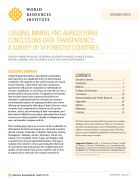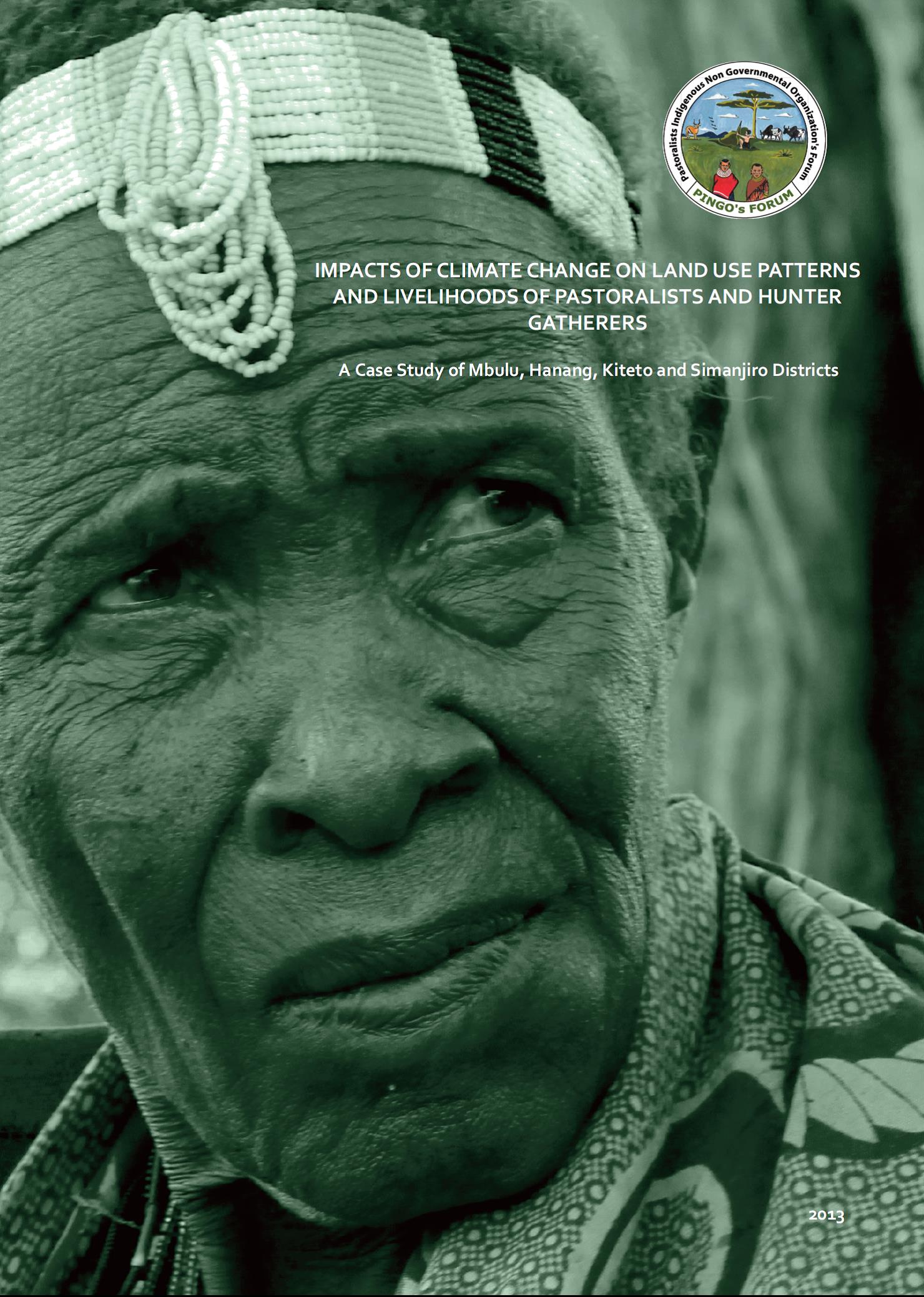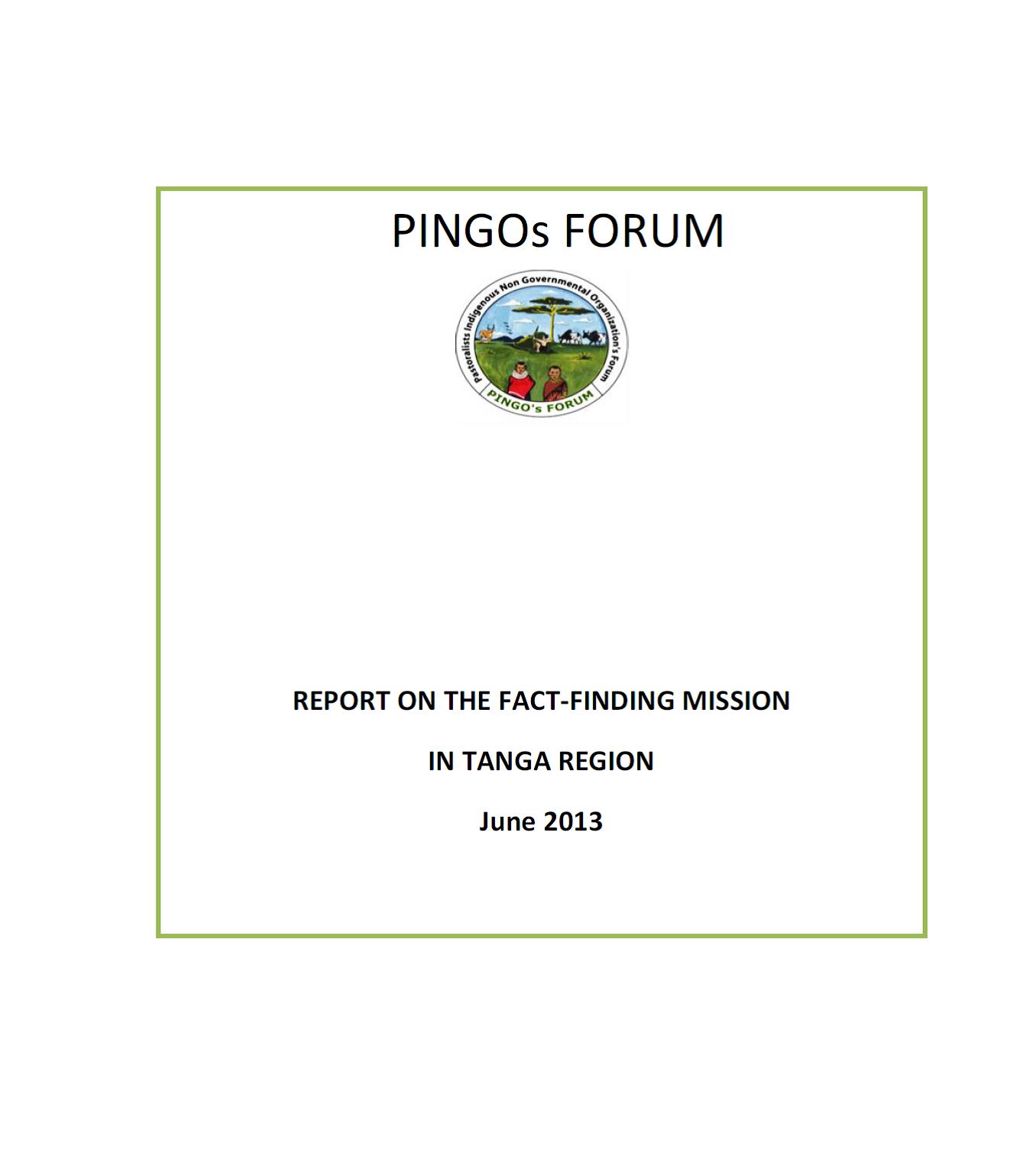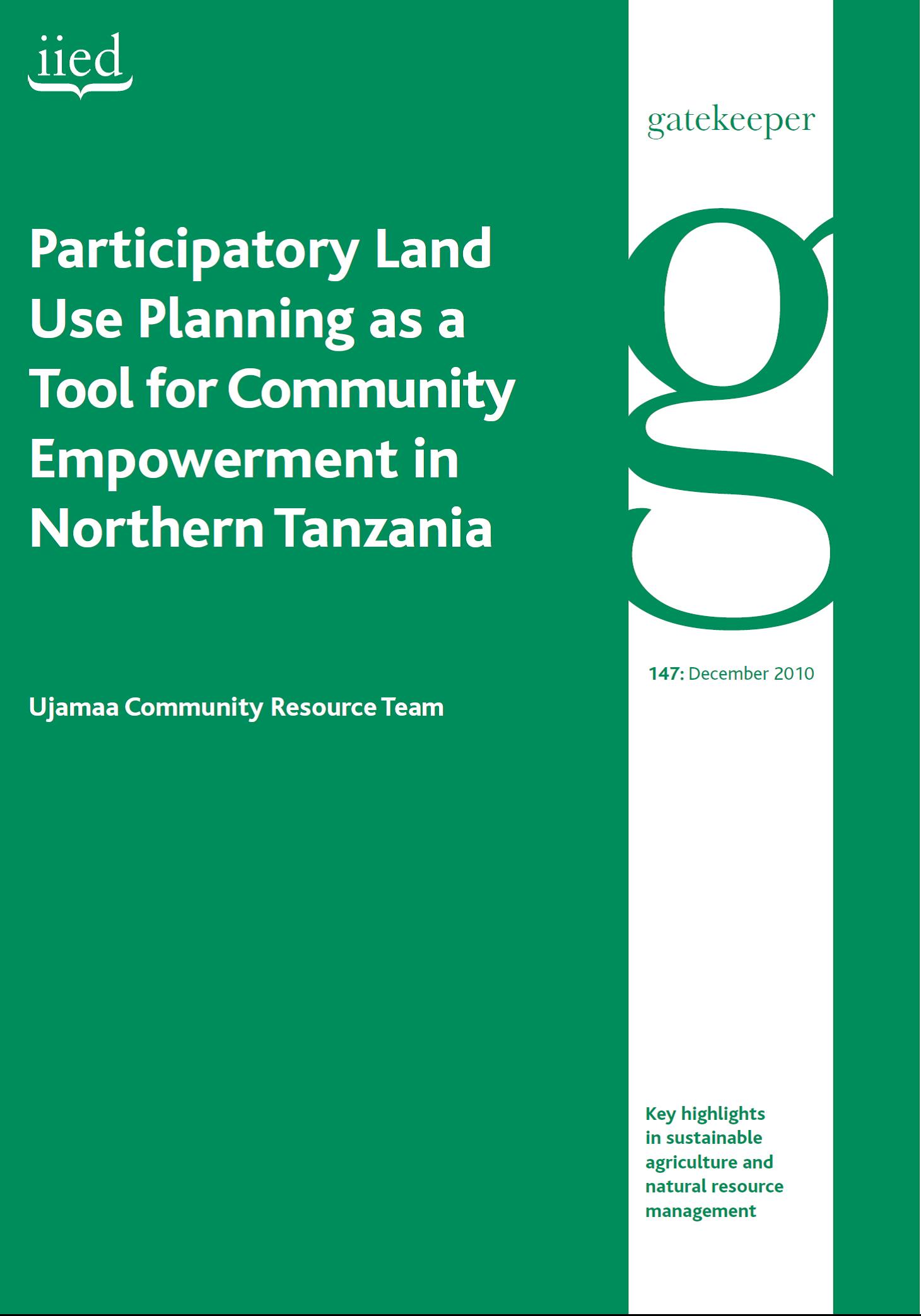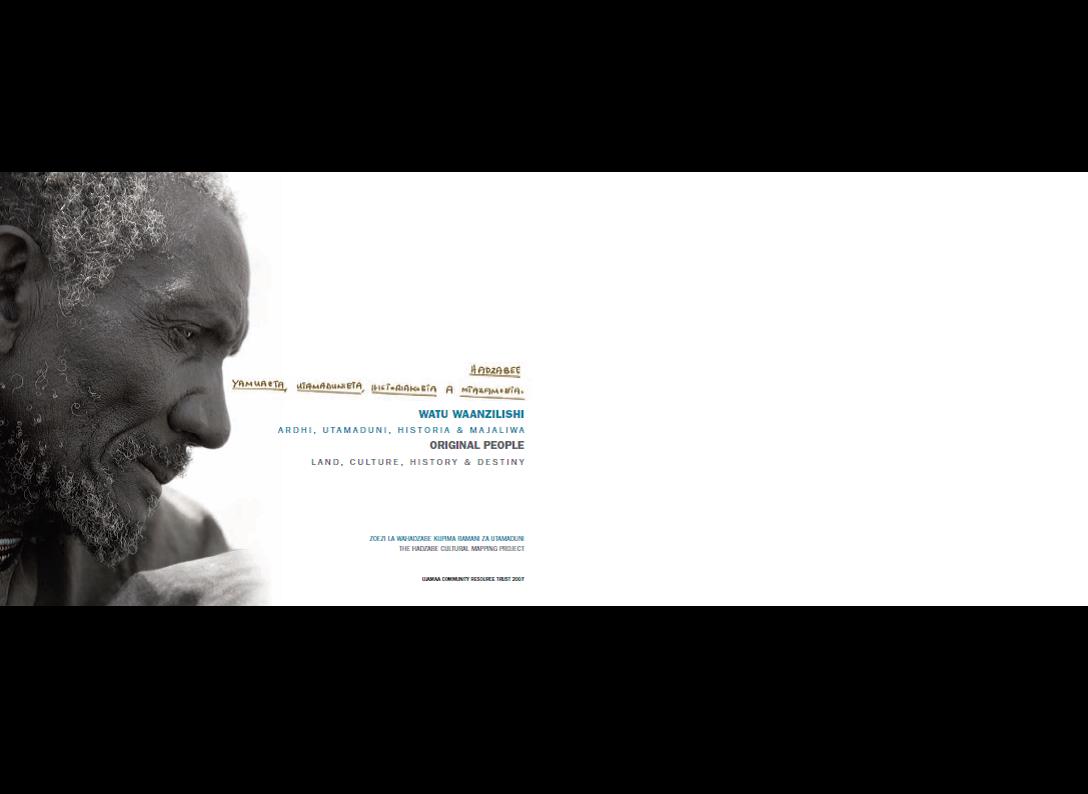Biomass productivity-based mapping of global land degradation hotspots
LEGEND Land Policy Bulletin 7
This LEGEND bulletin considers the impact that new technology can have on documenting land rights and democratising access to land data around the world.
Logging, Mining, And Agricultural Concessions Data Transparency: A Survey Of 14 Forested Countries
Global demand for timber, agricultural commodities, and extractives is a significant driver of deforestation worldwide. Transparent land-concessions data for these large-scale commercial activities are essential to understand drivers of forest loss, monitor environmental impacts of ongoing activities, and ensure efficient and sustainable allocation of land.
Impacts of Climate Change on Land Use Patterns and Livelihoods of Pastoralists and Hunter Gathers
Over the years, PINGOs Forum has been concerned with the future of Pastoral and HunterGatherer communities with regard to changing patterns of traditional land use and livelihoods options. The information gathered from the past studies have risen much concern on the side of PINGOs Forum that perhaps climate change may have a serious bearing in the land use patterns and livelihoods of Pastoralists and Hunter-gatherers. As a result of this concern, PINGOs Forum decided to embark on a study to observe changes that have occurred in land use patterns in recent years.
Report on the Fact Finding Mission in Tanga Region
This is a report of a fact-finding mission which took place in Tanga Region in June 2013. It aims to map the situation of pastoralists and the challenges they face in three districts of Tanga Region namely Handeni, Korogwe and Pangani. There are similar challenges in Bagamoyo, Kilindi and Mchinga Districts which were not covered
Participatory Land Use Planning as a Tool for Community Empowerment in Northern Tanzania
This paper presents several case studies to show how the Ujamaa Community Resource Team (UCRT) has been working within Tanzania’s legal and policy framework to support a diverse range of pastoralists, agro-pastoralists and hunter-gatherers, all of whom face fundamental threats from external appropriation of, or encroachment on, lands and natural resources. The work also responds to local needs to rationalise resource use rights amongst competing local groups, such as farmers and livestock keepers.
Original People
The Hadzabe community of the Yaida Valley requested UCRT to assist them to undertake a cultural mapping exercise.
أطلس المواقع المرجحة لتربية الأحياء المائية في الأقفاص بالبحر الأحمر
A methodology was selected so as to provide a consistent and robust approach to using GIS for data capture, interpretation, storage and analysis. This included the capturing of new coastal and terrestrial data along the Red Sea coastline in the timescale of the project and at an appropriate scale to carry out the site selection study. All spatial datasets are stored in the GIS at JFRC and are used where appropriate as part of the site selection and for the identification of potential areas for development.
Quality Assurance/Quality Control (QA/QC) and Verification tool
This user instruction guide provides description of the Quality Assurance/Quality Control (QA/QC) and Verification tool, which is part of the AFOLU Emissions Analysis Tools aimed at supporting Member Countries in improving their national capacity to address UNFCCC reporting requirements and to design climate policy actions (i.e. GHG Inventories, Nationally Appropriate Mitigation Actions – NAMAs – and Nationally Determined Contributions – NDCs) for the agriculture, forestry and other land use (AFOLU) sector.





